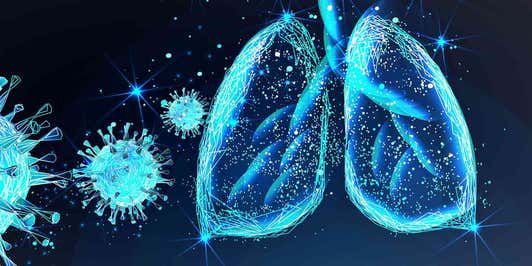Visualize and measure particle size and concentration
Nanoparticle Tracking Analysis (NTA) utilizes the properties of both light scattering and Brownian motion in order to obtain the nanoparticle size distribution of samples in liquid suspension.
Particles in liquid suspension are loaded into a sample chamber, which is illuminated by a specially shaped laser beam. Particles in the path of the beam scatter the laser light which is easily collected by the 20x microscope objective and is viewed with a digital camera. The camera captures a video of the particles moving under Brownian motion.
The Nanoparticle Tracking Analysis (NTA) software analyses many particles individually and simultaneously (particle-by-particle), and by using the Stokes-Einstein equation, calculates their hydrodynamic diameters.
NanoSight instruments provide high resolution nanoparticle size, count-based concentration and aggregation measurements while a fluorescence mode provides specific results for suitably labeled particles. With real time monitoring, subtle changes in the characteristics of particle populations are provided with all of these analyses confirmed by visual validation.

Nanoparticle Tracking Analysis uses low sample volumes with little sample preparation which, along with minimal instrument consumables, reduces running costs on a day-to-day basis.
The technique is also non-destructive and the sample can be recovered if required.
NanoSight NTA systems support work within:

Some common applications for Nanoparticle Tracking Analysis include:

NanoSight ProCharacterizing Nano- and Biomaterials has never been so quick, easy, and accurate. |
|
|---|---|
| Technology | |
| Nanoparticle Tracking Analysis | |
| Measurement type | |
| Particle concentration | |
| Particle size |
*Sample and instrument configuration dependent